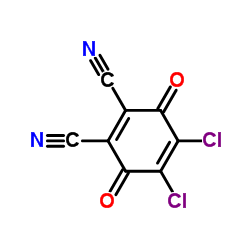| Structure | Name/CAS No. | Articles |
|---|---|---|
 |
Dichloromethane
CAS:75-09-2 |
|
 |
2,3-Dichloro-5,6-dicyano-1,4-benzoquinone
CAS:84-58-2 |